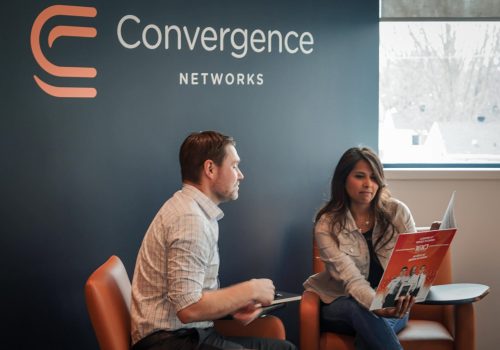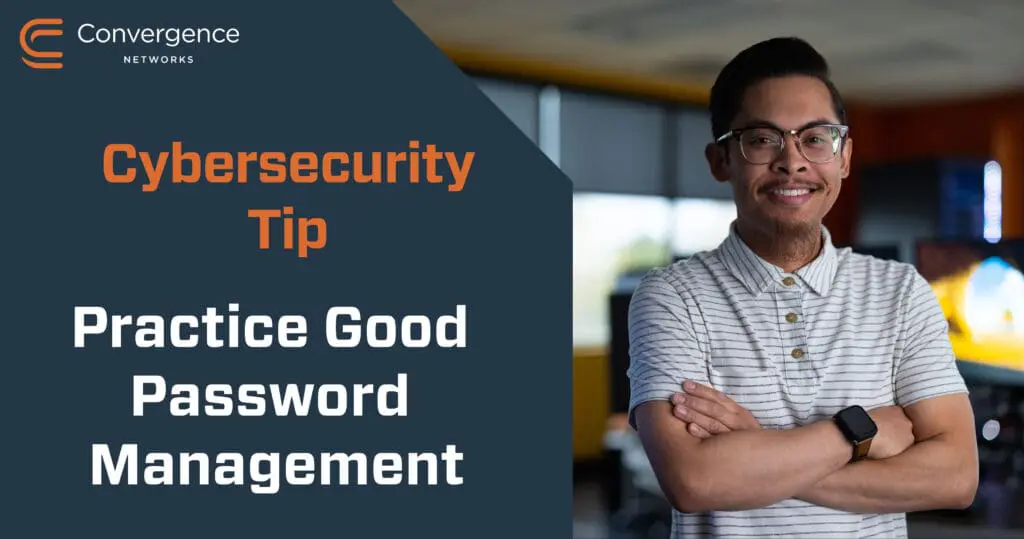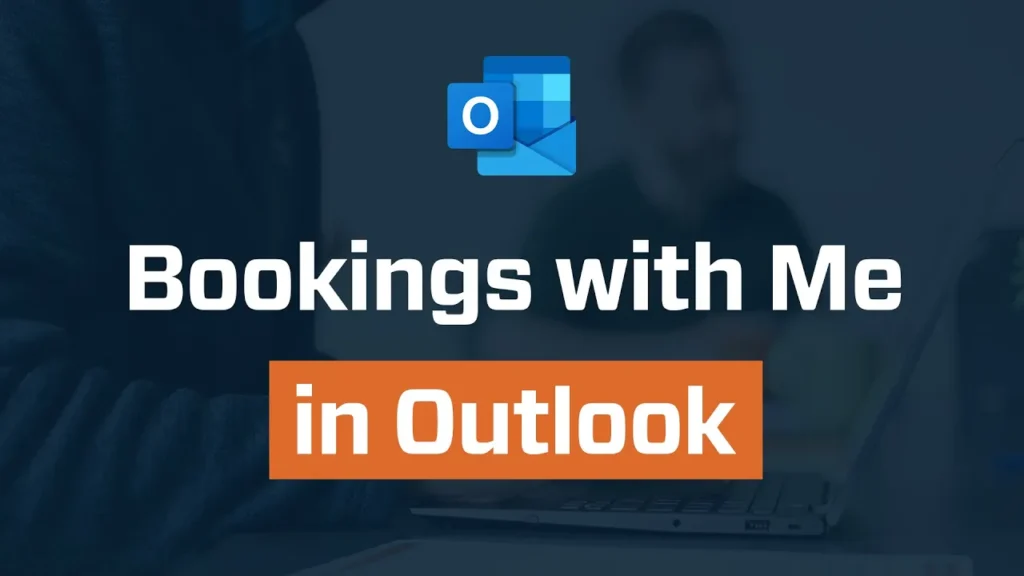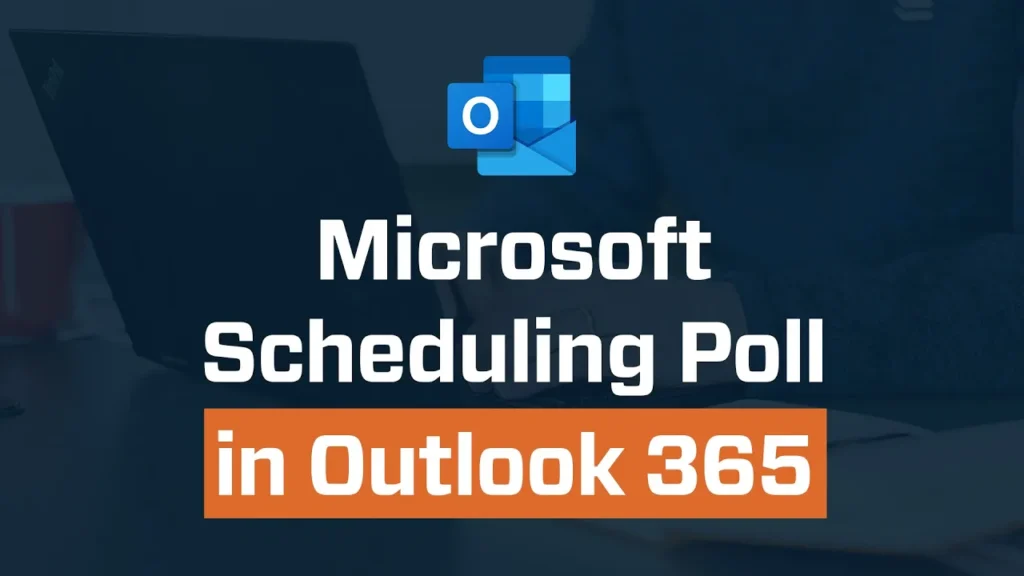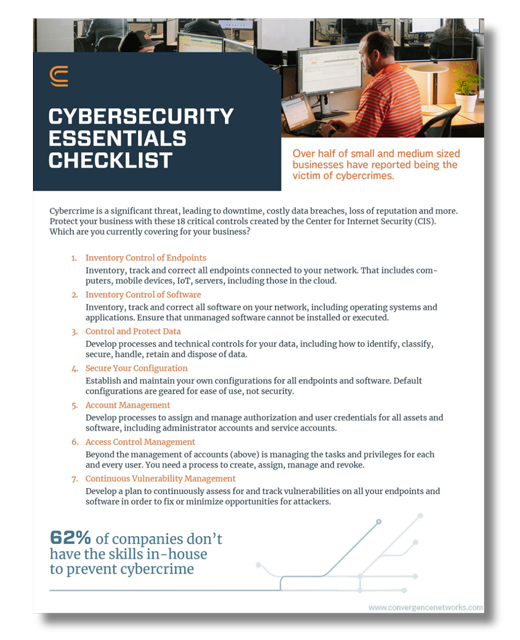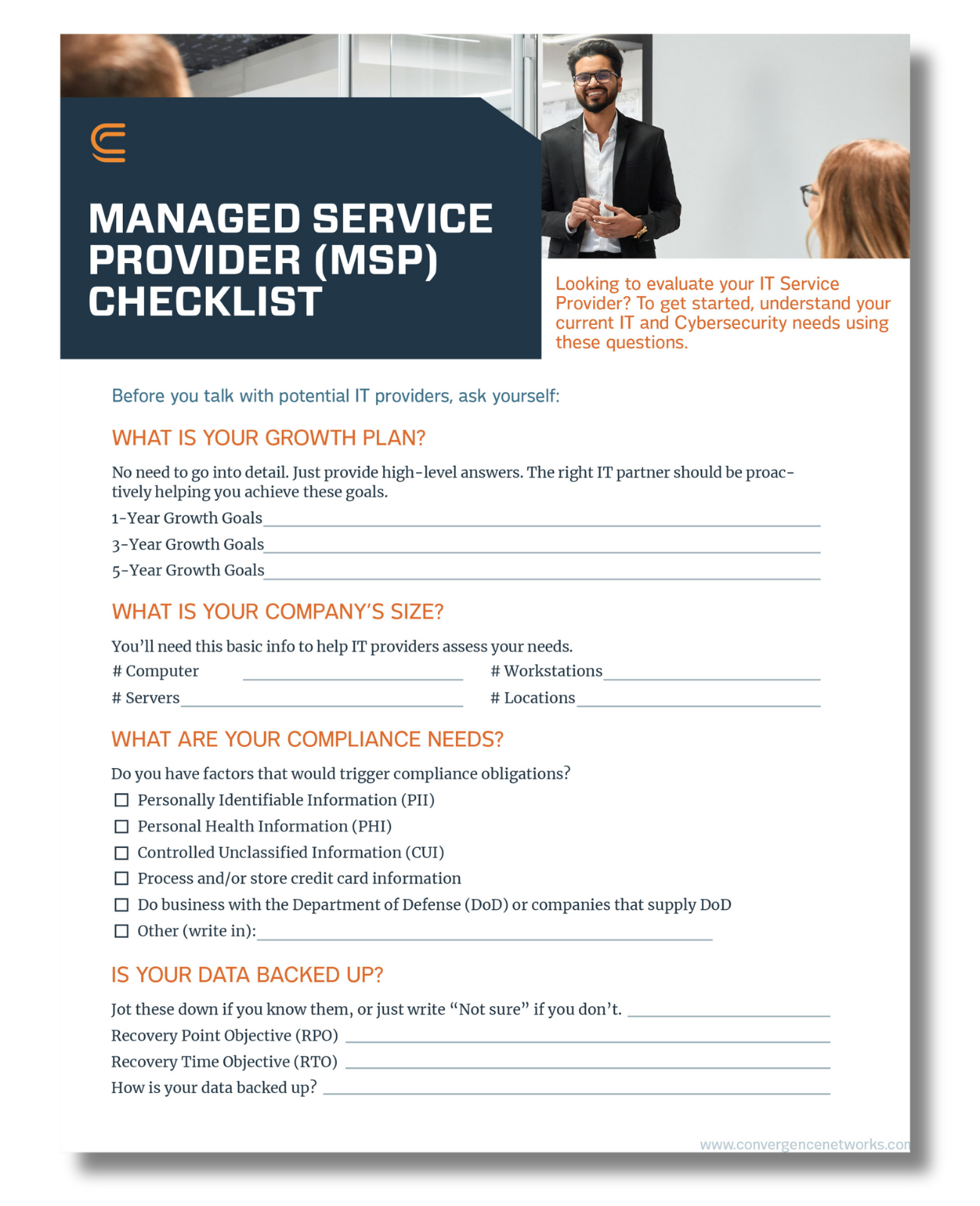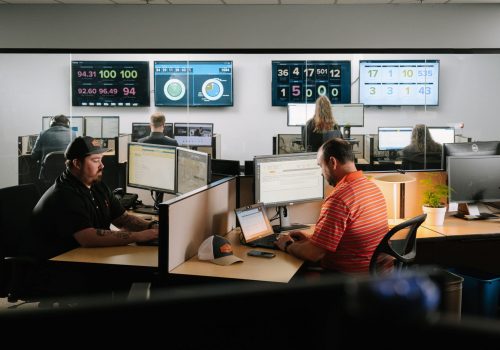In 2020 cybercriminals continued to be sophisticated and take advantage of users in vulnerable times, and this year will be no different. With the increase of technology usage due to COVID-19, cybersecurity has become more important than ever before.
The amount of time we spend on our computers, mobile phones, and other technological devices has increased for both professional and personal use. Not only do we use our devices for work, but now they’re put to use for tasks such as remote learning, connecting with our family and friends, and just to curb our boredom as we continue with the various types of lockdowns.
With hackers getting more thoughtful and persistent in their attacks, it is important to understand the cybersecurity risks you may encounter and how to be proactive to identify scams and protect your data in 2021.
Weak Passwords and No MFA (Multi-Factor Authentication)
Unfortunately, it is still common for individuals to be in the habit of using and reusing the same username and password for multiple accounts. If one of these accounts is hacked, all the information will be exposed throughout the web. Cybercriminals can post your stolen credentials on the dark web for other people to use in various forums, increasing the ways you might be vulnerable.
How do you avoid this? Make sure you have a strong password and if you need guidance use a tool to generate passwords for you. You should also consider using a secure password manager to store all your passwords. With a password manager, you only need to remember one password, and the platform does the rest of the work for you! This makes it easier to change your password often and keep a record of it in a safe spot.
If you aren’t using two factor authentication (MFA or 2FA) yet, now is the time to get it set up. In the past cybercriminals have had success and have been able to use stolen usernames and passwords found on the dark web to use in their attacks. Furthermore, most breaches happen because of stolen credentials available to them. Adding MFA increases additional security by putting a barrier between hackers and your credentials, and gives more assurance to prevent hackers entering your account.
Vulnerable Home Networks
With an obvious increase to the number of individuals working from home, cybercriminals will continue to take advantage of unsecure home routers and WiFi networks to access your information. Make sure you secure your network with a VPN to access information in a safe way.
It is also important to make sure your operating system and software are up-to-date. If you are using an older operating system that is no longer supported by the manufacturer, like Microsoft Windows 7, you could be vulnerable to additional security risks and viruses, since you are missing out on critical updates and security features.
Ransomware and Phishing Attempts
Ransomware is a type of malware that restricts infected computers from being used. Criminals will use this as leverage to ransom money from you in order to free your device. They will commonly ask you for PayPal money or payment by cryptocurrency like Bitcoin.
Cybercriminals have and will continue to increase their phishing attack rates, targeting people working from home. Since remote workers often don’t have access to all the security measures put into place by their employers they become easier targets. Its important to know how to identify scams and protect your data.
Be wary of every attachment and every download you make on the internet. Make sure the site you are visiting is trusted before downloading a file or program. Be skeptical of any email with an attachment. If you receive an email always hover your mouse over the links to verify the link is attached to an actual location. You should also inspect the domain – if the domain doesn’t look right or it has a spelling error assume it is malicious. Most online mailboxes have virus scanning and spam filters, but cyber criminals are creative and can get by these filters. Lastly, when in doubt, call the person or service you think the email is from to check if they sent you the email. And if you get an email from your bank use the phone number on your credit card instead of using the phone number in the email.
Are you looking for technical guidance about cyber risks, cybersecurity, and how to protect yourself, your company, and your clients? Let’s navigate your technology decisions together. Contact us to get started today.





